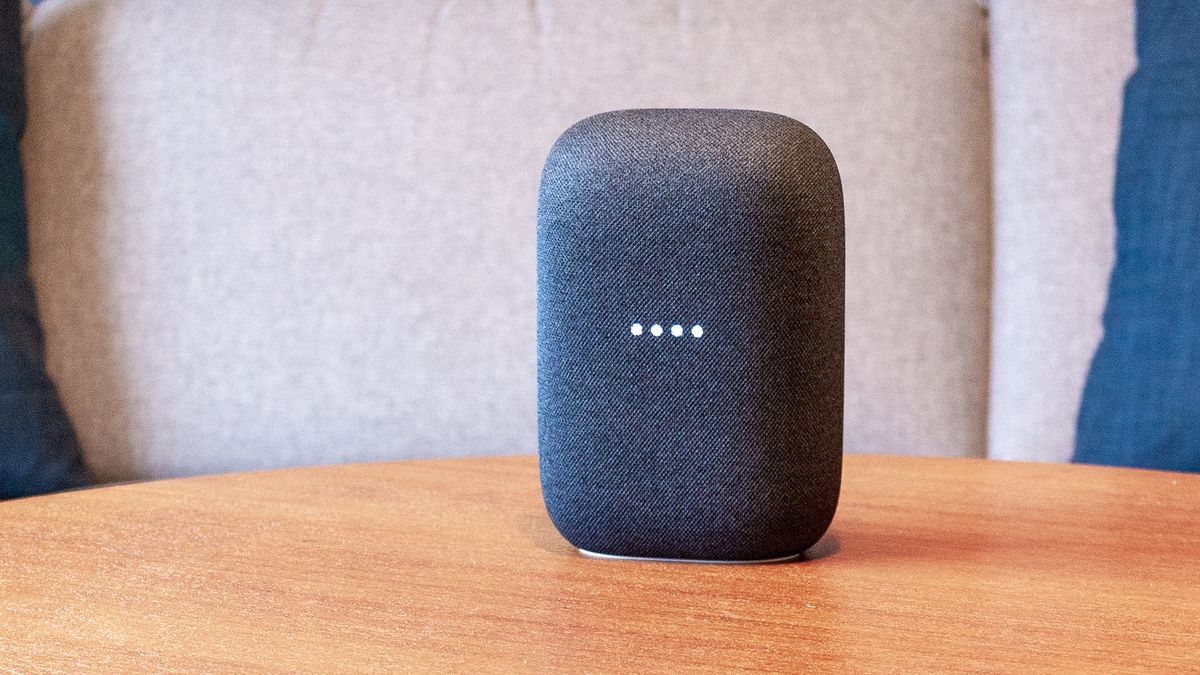With rising energy costs and intensifying environmental pressures, businesses today face a pivotal moment. The demand for energy-efficient printing continues to surge – driven not just by economics but also ethics – and organizations both large and small are now recognizing the need to minimize consumption and adopt more sustainable practices.
Yet in the past, many falsely believed that sustainability came at the expense of profits. Some traded eco-friendly initiatives for short-term savings, only to be outcompeted as consumer expectations changed. We have entered a new era where environmental stewardship is an indispensable business strategy.
The companies thriving today have embraced the idea that healthy finances and sustainable operations are mutually reinforcing. By taking a holistic approach focused on renewable energy, materials reduction, and closed-loop systems, they reduce costs while upholding their values.
Corporate Sustainability Manager at Epson UK.
The revolution in sustainable printing
By driving optimum efficiency and allowing users to satisfy printing needs in as green a way as possible, inkjet printing is revolutionizing the print industry, helping to make it as sustainable as it can be.
The demand and expectation for more sustainable technology has created an environment in which manufacturers are competing to deliver the most environmentally and cost efficient tech, while also making significant overall contributions to the creation of a circular economy understanding it’s importance achieving sustainability.
For example, as well as a rise in inkjet, we have also seen new emerging models such as “short-run”, “customization”, “on-demand”, and “self-publish” printing. These models optimize resource usage by facilitating printing based on precise requirements.
Industrial print – utilizing intelligence, improving sustainability
Industrial printing is also being transformed by inkjet technology. This innovation is swiftly replacing traditional contact printing methods and offering more effective alternatives – gaining recognition for its multiple benefits.
In addition to reducing production costs, digital printing advances environmental sustainability and advocates for localized manufacturing, close to the demand. This allows companies to look to reducing the carbon footprint of their upstream and downstream transport and distribution.
One area where the sustainable benefits are especially noticeable is in the digital textile printing sector. Use of inkjet technology can reduce industrial water usage by an impressive 95% and energy consumption by 75%.
Innovative printing technologies such as heat-free inkjet printing have also been shown to consume up to 84% less energy than equivalent laser devices.
In fact, if all businesses around the globe switched from laser to heat-free inkjet printers, we could see a reduction of over 52% in global carbon emissions generated by the print industry – this is equivalent to 1.3 million metric tons.
Sustainability at home and in the office
The move towards sustainable practices isn’t confined to industrial spaces alone. Office and home printing solutions also have a pivotal role to play when it comes to transforming the industry into a more sustainable one.
As the hybrid work model increasingly becomes the norm –consequently causing a surge in home printing– making informed decisions about less energy-consuming printers can have a significant impact. Recently, inkjet products have seen a tremendous rise in popularity in both the home and the office as they use significantly less energy and create less waste than laser printers.
The surge in popularity shows that in the post pandemic era of hybrid work and environmental awareness, both businesses and consumers are looking for ways to help with sustainable practices. But it’s not just the printers themselves that are front of mind for environmentally conscious consumers, software tools are also growing in popularity.
New tools on the market providing users a convenient way to keep a track of both costs as well as energy usage. For example, printer software can offer accurate comparisons of the energy consumption, CO2 emissions, consumables, and energy costs of different printing devices – giving invaluable insights for those striving to reduce their environmental impact.
The future is sustainable
An industry once seen as notoriously harmful to the environment is now truly on its way to becoming an example of how sustainability can drive innovation. With inkjet technology leading the way with less energy consumption, less waste and an overall reduced impact on the planet, the next chapter in printing is already well underway, with technological innovation centered on compactness, precision, and energy efficiency.
The printing industry’s transition shows the immense power of technology to enable sustainability, even in the least likely of fields. As more sectors follow printing’s lead by adopting innovations that reduce environmental impact, they too can future proof their operations while upholding green values.
We’ve featured the best small business printer.
This article was produced as part of TechRadarPro’s Expert Insights channel where we feature the best and brightest minds in the technology industry today. The views expressed here are those of the author and are not necessarily those of TechRadarPro or Future plc. If you are interested in contributing find out more here: https://www.techradar.com/news/submit-your-story-to-techradar-pro





